At around 4:10 pm on 1 January 2024, a major earthquake with a magnitude of 7.6 struck the Noto Peninsula in Ishikawa Prefecture, Japan. A tsunami warning was immediately issued. The full extent of the damage is not yet known, but at this stage, several people have been confirmed dead and many injured. Some houses have collapsed, and roads and other infrastructure have been damaged. Power and water outages are occurring.
You may not know the real horror of big earthquakes
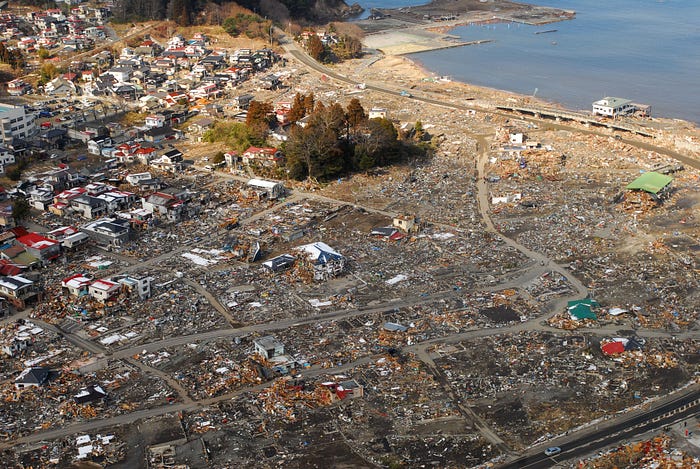
One of the most frightening things about major earthquakes is that they are followed by large aftershocks for several months. It is very common for a more significant earthquake than the first one to occur later. It is also typical for buildings and other structures that cracked during the first tremor to collapse after a few more earthquakes. Therefore, people feel fearful at every aftershock, which happens dozens of times a day, and are not at ease even when sleeping.
Although I now reside in the UK, I have lived most of my life in Japan. Fortunately, I have never faced an earthquake of the same intensity as the one today, but I have experienced earthquakes that were large enough to crack the walls and fences of our house. Compared to people from other countries where earthquakes are rare, I understand the impact of earthquakes better.
Indeed, we Japanese know about its power and, therefore, have been preparing for earthquakes. Today, I will show you some examples. I encourage people travelling to Japan to read about them, too.
School kids have protective equipment
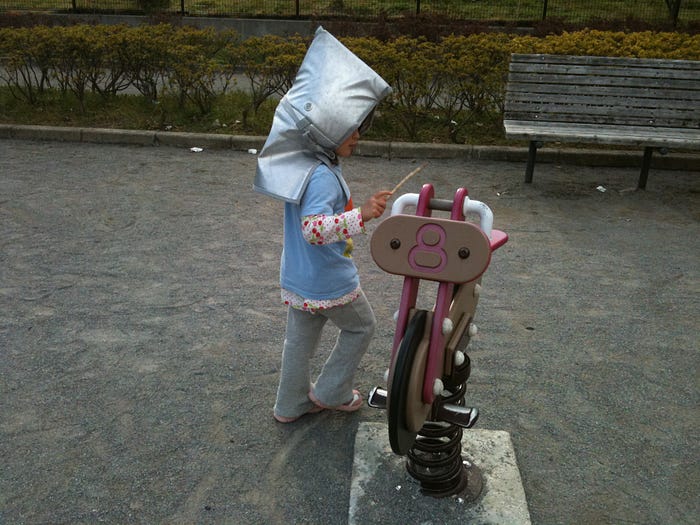
Natural disasters show no mercy: They strike children, the elderly and animals equally. For this reason, safety drills are regularly held at schools, where students learn about the actions to take and evacuation routes in the event of an earthquake or fire.
The content of these drills varies from school to school, but in most cases, students are instructed to hide under their desks in the event of an earthquake. The major shaking usually takes a few minutes to subside, so the first thing to do is protect yourself from shards of glass and flying shelves — large and heavy pieces of furniture can fly off in a great earthquake.
When the shaking subsides a little, children put on a hood and evacuate to the school grounds. They learn slogans such as Don't push, Don't run and Don't talk, and follow the teacher's instructions to move in groups.
The hood is a protective device widely used in southern Kanto and other regions. It is made of robust and cotton-filled cloth and can be fastened around the chin with an elastic band. It provides head and shoulder protection and saves children from fire sparks in the event of a fire. It was popularised initially as an air-raid hood during World War II. Then, it spread to primary and secondary schools in earthquake-prone areas from the 1970s. Outside of natural disasters, it can be used as a chair cushion.
Each household has an emergency kit
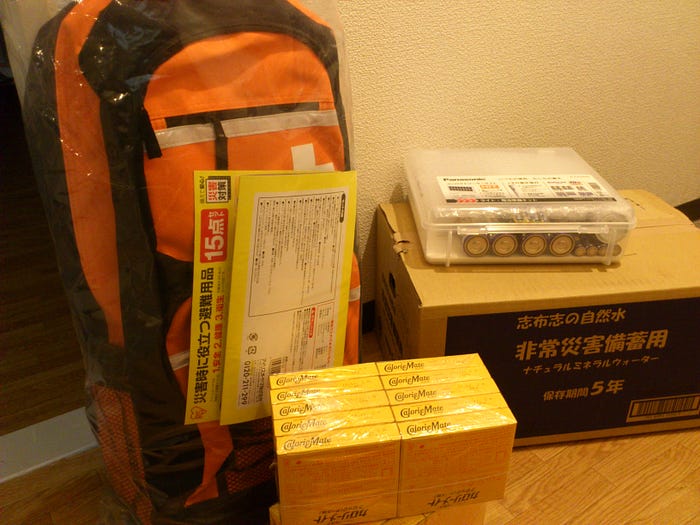
Most Japanese households have a bag of emergency items. The contents include food and water, medical supplies, a torch, a Swiss army knife, clothes and a portable toilet.
Whenever I am asked by foreign friends who are moving to Japan for life advice there, I always tell them to purchase these items immediately and to be extremely careful with the furniture arrangement — remember, all the furniture and appliances could fly at you. Among the emergency supplies, I strongly recommend buying a big plastic container for water, a portable toilet (cat litter and strong rubbish bags make a good one) and a mobile battery. Sanitary items are also essential for women.
Having them ready where you can take them out quickly, such as the entrance hallway, will reduce your sense of insecurity, and of course, they help. As for travellers, the hotels provide emergency supplies and foodstuffs, so there is no need to worry much.
Convenience stores help you in times of emergency
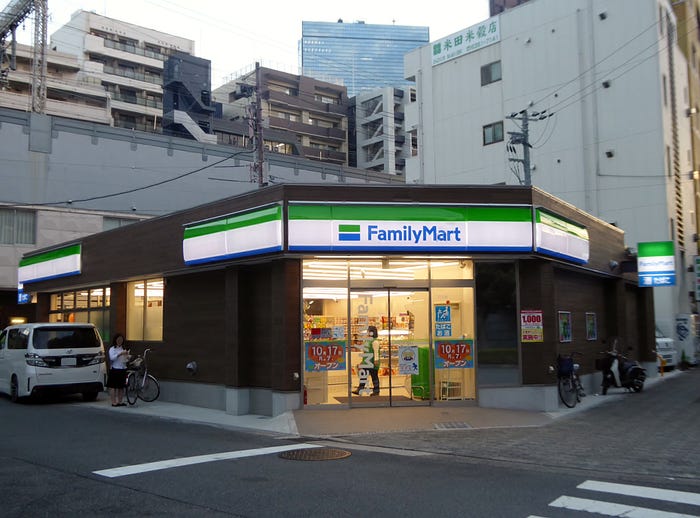
Japan has numerous convenience stores, including 7-Eleven, Family Mart and Lawson. They are very popular with foreign tourists, as you can get almost anything you need in terms of food and daily necessities.
You can rely on these convenience stores if a significant earthquake occurs while walking through town. In those cases, public transport will stop, and people will have to walk even for several hours to get home. So, the convenience stores will provide free water, allow people to use their toilets and offer current information via television and radio.
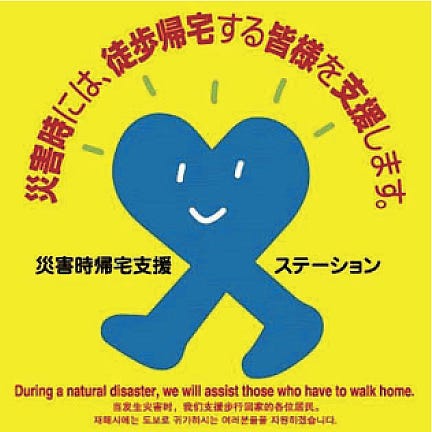
This service is provided through an agreement between the various convenience store chains and local authorities, so do not hesitate to use it. The staff at convenience stores also have maps of the area, and you can ask for directions if you are unsure which way to go home (you can also ask at Kōban or a police box). In addition to convenience stores, some petrol stations and restaurant chains, marked by stickers like the one above, also offer the same service.
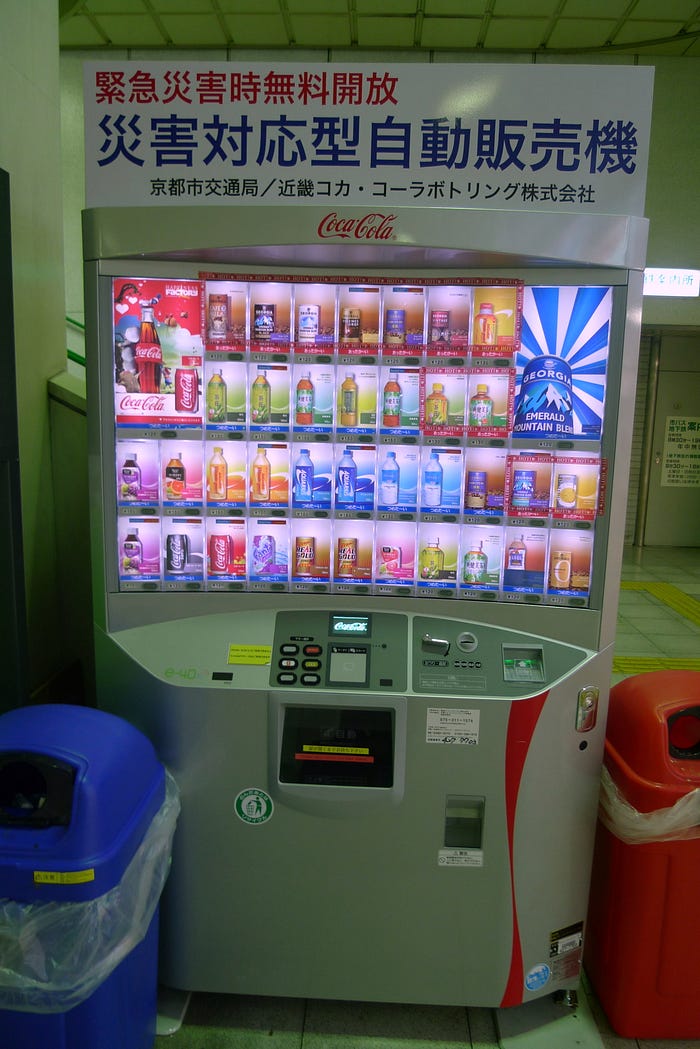
Furthermore, there are many vending machines whose contents can be retrieved in the event of disasters. This way, you can expect a network of disaster-relief services throughout Japanese cities.
The spirit of mutual aid: We all play our part
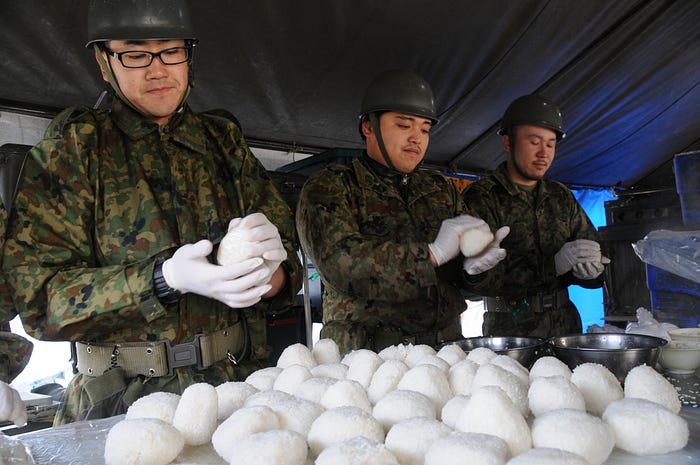
In Japan, looting and violence are rare in the event of a major disaster. People are generally patient and calm in dealing with the situation, partly because they all know it will come one day and are prepared for it. There are many situations where you witness mutual help.
When a big earthquake struck Tōhoku on 11 March 2011, which claimed some 16,000 lives, I still lived in Tokyo. So, I sent relief supplies such as sanitary items and baby products to local authorities in the affected areas and made donations.
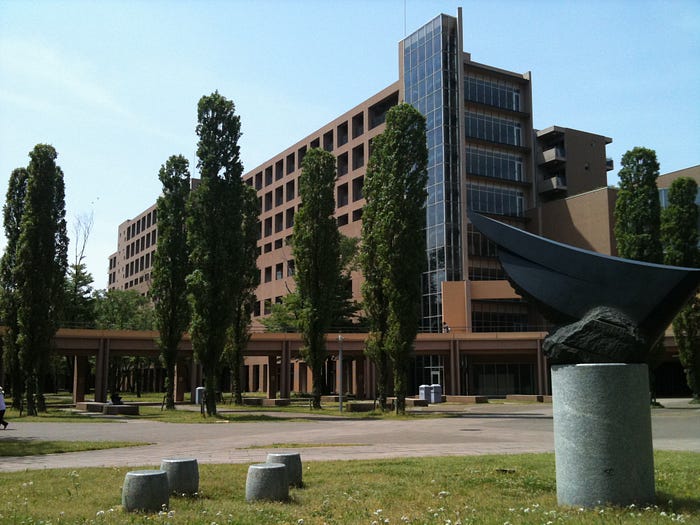
In addition, the Tokyo University of Foreign Studies played a central role in organising specialists in various languages as volunteers. Whilst interpreters spoke with foreigners in need in the affected areas via Skype, translators dealt with all sorts of documents, including information from experts on radioactive contamination and grant application forms relating to damaged homes.
As I could translate into English, French and Indonesian, I was allocated to the French team, which was the most understaffed. We spent all day and night translating. I was happy to be able to do something rather than nothing.
We make the most of our experience to help us and others
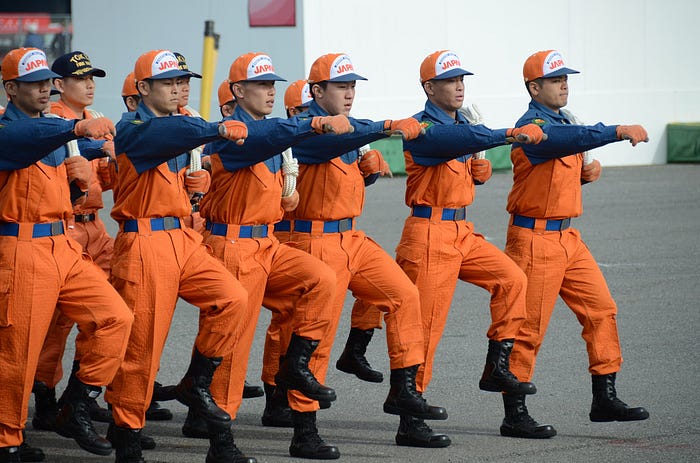
Japan is thoroughly prepared for disasters, from construction to emergency goods, as earthquakes, tsunamis and many other natural disasters are part of our life. New ideas for protecting people are being implemented. This area is one of Japan's strengths, and our experience is used to its advantage when major earthquakes occur abroad and when advising and cooperating with other earthquake-prone countries.
Although today's earthquake saddens me, I believe in the resilience of the people and the society of Japan.
I am also aware that many fans of Japan are concerned about the earthquake. Such support, compassion and donations from other countries are also encouraging. I hope you will pray with me for the recovery of the affected areas.
All profit from this article will be donated to support the affected areas.
